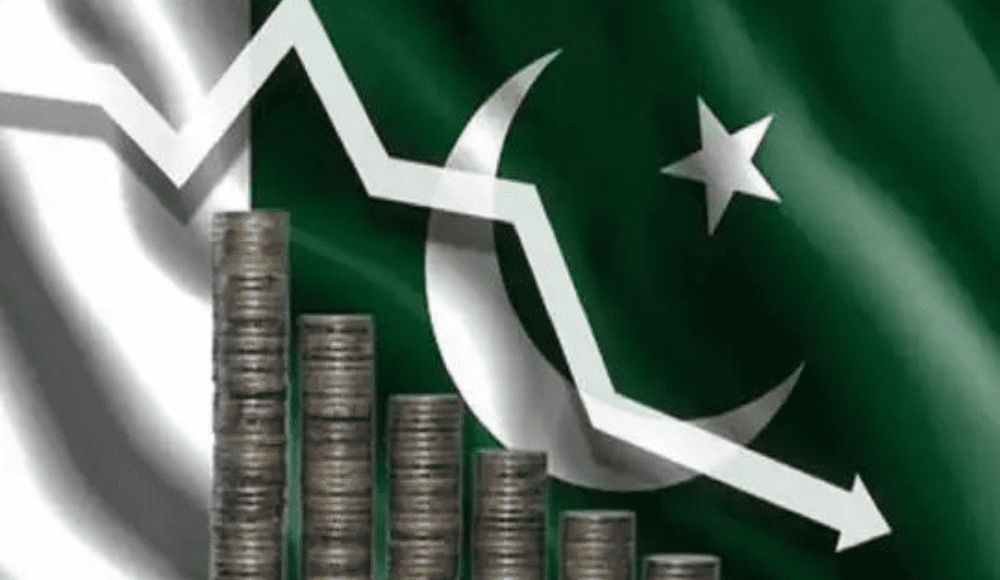
In 2025, Pakistan’s economic situation continues to reflect a pattern of low income, widespread poverty, and systemic challenges that have kept its citizens from achieving higher standards of living. While Pakistan is home to a rich cultural heritage and a strategically important location, it faces a host of economic difficulties that contribute to its low-income status. In this blog, we’ll delve into the reasons behind Pakistan’s low income in 2025, considering both internal and external factors.
1. Political Instability and Governance Issues
One of the most significant reasons behind Pakistan’s economic struggles is the political instability and inconsistent governance. Frequent changes in leadership, military interventions, and political infighting often prevent long-term economic policies from being effectively implemented. In 2025, these issues persist, with politicians focused more on short-term gains than sustainable growth.
This lack of political continuity and effective governance creates an unpredictable business environment, discouraging both local and foreign investments. Without a clear direction or stable leadership, the country’s economy struggles to thrive.
2. Inflation and Currency Depreciation
Inflation in Pakistan has been a persistent issue for years, and in 2025, it remains a significant contributor to low income levels. With rising prices for essential goods such as food, energy, and healthcare, the purchasing power of ordinary citizens has significantly eroded. The inflation rate in Pakistan has often outpaced wage growth, which means many families are unable to meet their basic needs, let alone save or invest in future opportunities.
Additionally, the Pakistani Rupee has seen significant depreciation over the years. This not only raises the cost of imports but also undermines the country’s ability to compete in global markets. The fluctuating value of the currency increases uncertainty for businesses and reduces the country’s attractiveness to foreign investors.
3. Dependence on Agriculture and Low Productivity
Despite being an agrarian economy, Pakistan’s agricultural sector suffers from low productivity. In 2025, many of Pakistan’s farmers are still reliant on traditional farming methods, and there’s limited investment in modernizing agriculture. The lack of efficient irrigation systems, outdated farming techniques, and a lack of innovation make it difficult for the sector to grow sustainably.
With agriculture contributing a large portion of the country’s GDP, low productivity in this sector directly impacts income levels. Additionally, a large portion of the population depends on agriculture for employment, and stagnant growth in this field means fewer opportunities for better-paying jobs.
4. Unemployment and Underemployment
Another key factor contributing to low income in Pakistan is the high unemployment rate. In 2025, the labor market remains weak, and many young people struggle to find decent jobs after completing their education. The skills mismatch between the education system and industry requirements further exacerbates this issue.
Many individuals end up underemployed, working in jobs that do not fully utilize their skills, or in the informal sector where wages are low and benefits are limited. With fewer formal job opportunities, people often resort to low-wage, unregulated work, which hampers overall economic growth and perpetuates the cycle of poverty.
5. Lack of Infrastructure and Investment in Key Sectors
Pakistan’s infrastructure is in need of significant improvement. In 2025, inadequate transportation systems, unreliable energy supply, and underdeveloped urban areas limit economic growth. Infrastructure development is key to facilitating trade, reducing costs for businesses, and improving the quality of life for citizens.
Moreover, insufficient investment in education, healthcare, and technology sectors has hindered human capital development. Without skilled labor and a strong knowledge base, Pakistan finds it difficult to transition into a more industrialized, diversified economy. This lack of infrastructure and investment limits productivity across all sectors and stifles income growth.
6. Corruption and Inefficiency
Corruption remains a pervasive issue in Pakistan, and it affects various levels of government and business. This systemic corruption siphons off resources that could otherwise be invested in vital sectors, contributing to an inefficient economy. Public funds are often misused, and projects that could lead to long-term economic improvement are delayed or never completed.
As a result, citizens face the consequences of a mismanaged economy, with low-income groups bearing the brunt of corruption’s impact.
Conclusion: The Path Forward
In 2025, Pakistan faces significant challenges that have resulted in low income levels for a large portion of its population. While the country has immense potential, addressing its economic difficulties requires systemic changes in governance, investment in infrastructure and human capital, and addressing external challenges like security and regional instability.
To break free from the cycle of low income, Pakistan needs a concerted effort from both the government and private sector to create sustainable jobs, encourage foreign investment, and foster long-term economic growth. This will require tough policy decisions, a commitment to eliminating corruption, and a focus on modernization and innovation across all sectors of the economy.
The road ahead is undoubtedly challenging, but with the right strategies in place, Pakistan can overcome its current economic hurdles and work toward a brighter, more prosperous future.